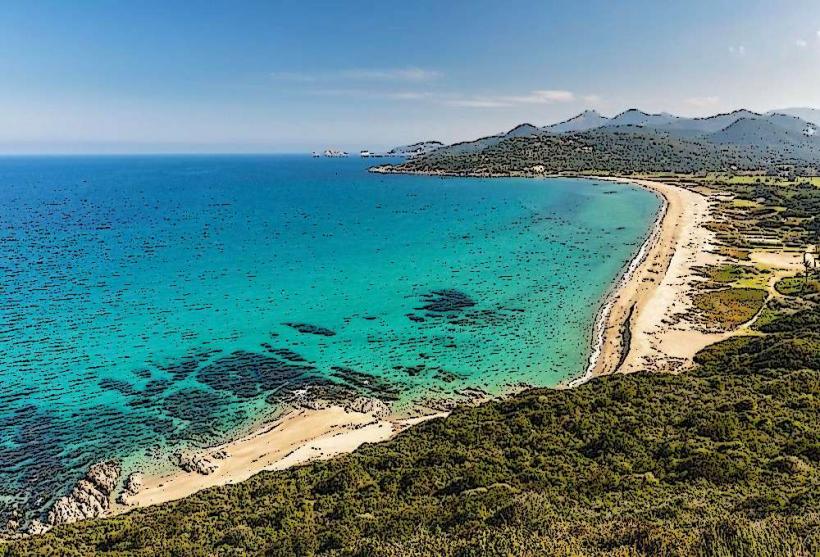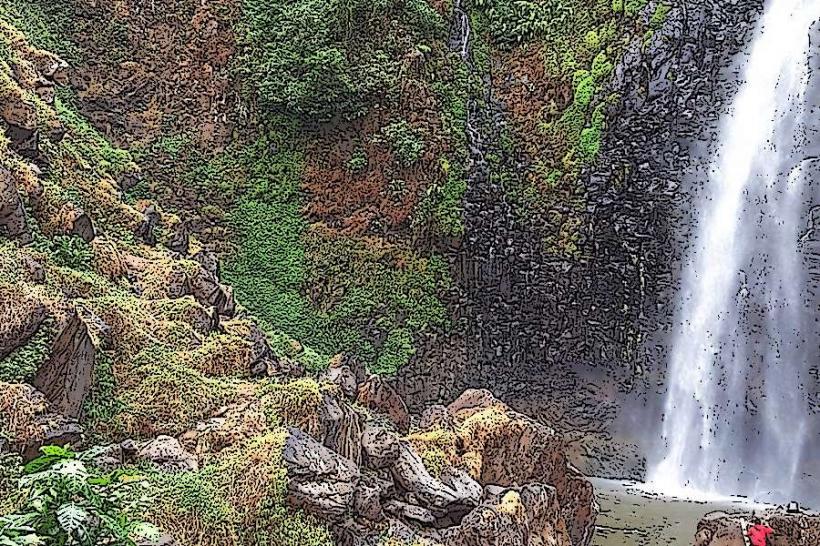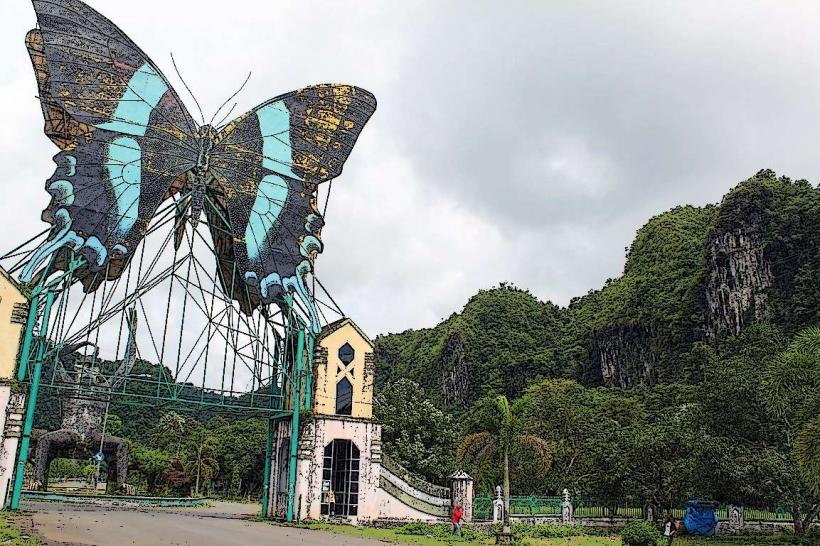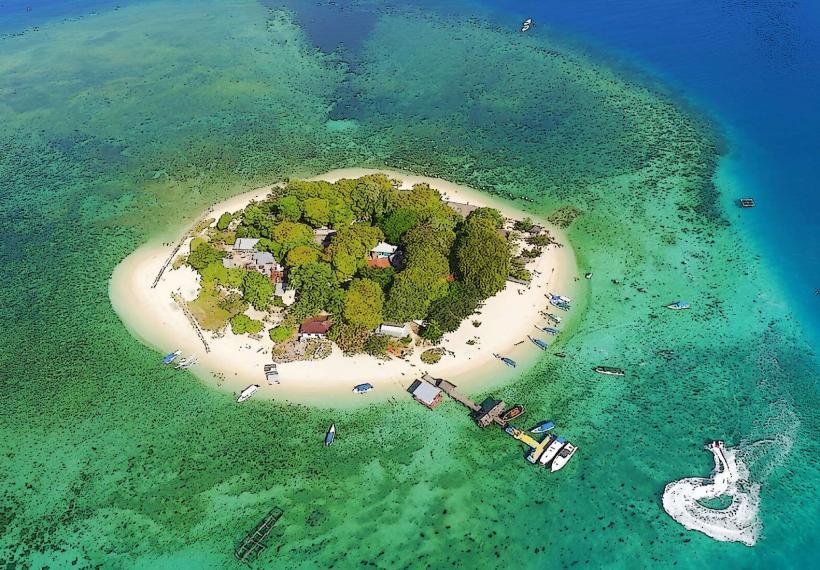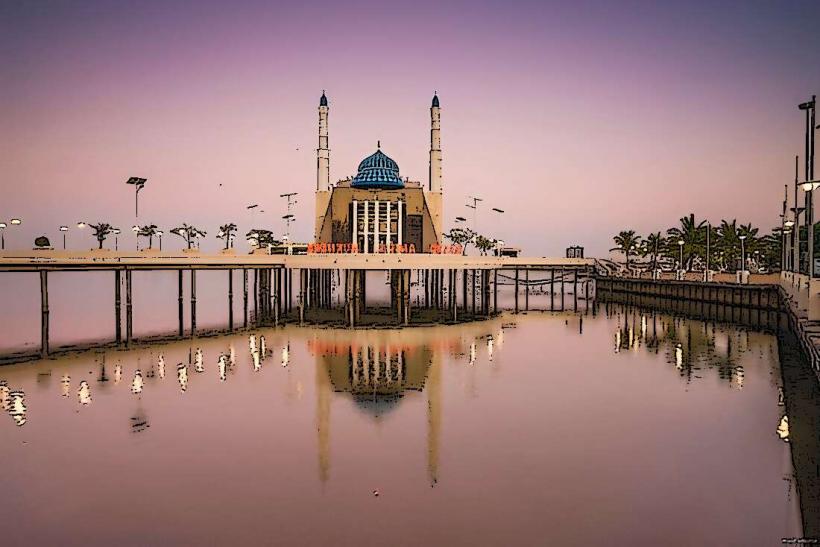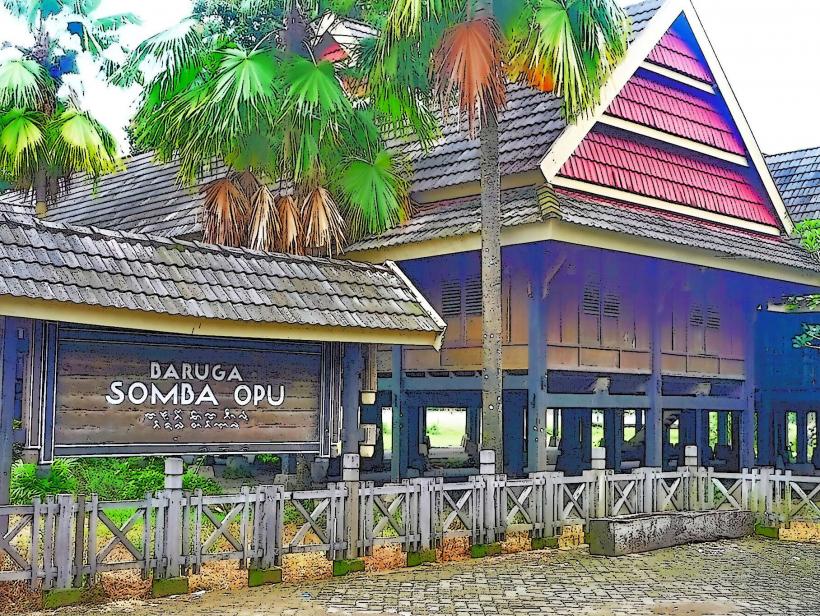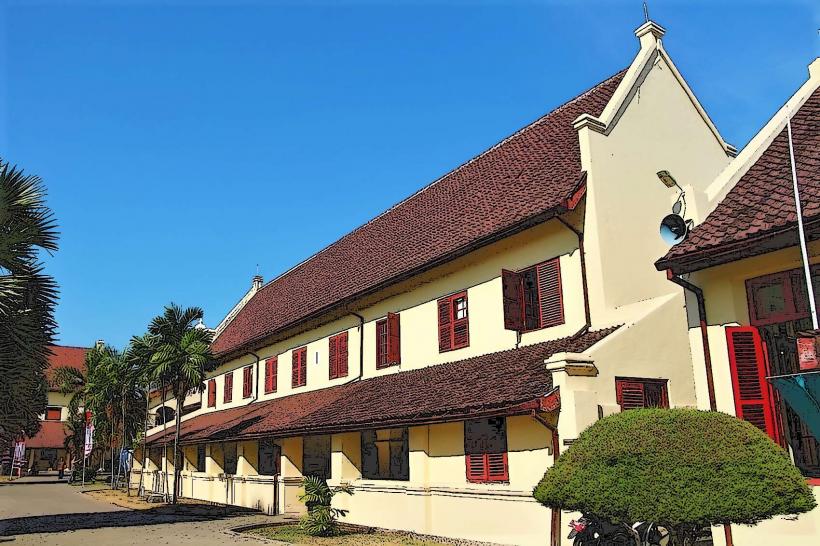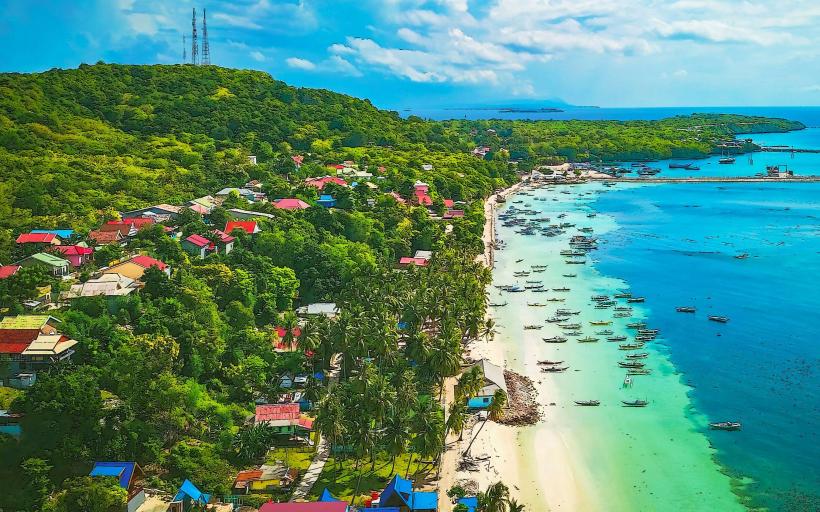Information
Landmark: Fort RotterdamCity: Makassar
Country: Indonesia
Continent: Asia
Fort Rotterdam is a historic landmark located in the city of Makassar, South Sulawesi, Indonesia. It is one of the most prominent colonial-era fortifications in Indonesia and serves as an important symbol of the region's history, especially during the colonial period. The fort is a significant tourist attraction today, drawing visitors interested in Indonesia's history, particularly its Dutch colonial past.
Key Details about Fort Rotterdam:
1. Historical Background
- Fort Rotterdam was originally built by the King of Gowa in 1545 as Fort Somba Opu to serve as a defensive structure against Portuguese and other European colonial powers. The fort was an important center of defense for the kingdom of Gowa in the 16th century.
- In 1667, after the fall of the Gowa Sultanate to the Dutch East India Company (VOC), the fort was handed over to the Dutch and later renamed Fort Rotterdam. It became the administrative center for Dutch colonial rule in the region.
- The fort was used as a base for the Dutch in controlling the spice trade in the area and exerting authority over local kingdoms. It played a significant role in the Dutch colonization of Sulawesi and the Moluccas.
- The fort has also been a witness to various historical events, including the end of the Gowa Sultanate and the rise of Makassar as an important port city under Dutch rule.
2. Architecture
- Fort Rotterdam is a prime example of Dutch colonial military architecture and is considered one of the best-preserved colonial forts in Indonesia.
- The fort features a trapezoidal design, with high walls, a moat, and several gates. It was designed to be highly defensible, with cannons placed on the walls to protect the fort from attack.
- The structure is built from coral stone, which was readily available in the area. Over the years, parts of the fort have been renovated, but many original elements remain intact.
- The fort is divided into various sections, including barracks, storerooms, and guard posts. The interior features wide open courtyards, and several Dutch colonial buildings have been preserved within the fort complex.
3. Cultural and Educational Significance
- Today, Fort Rotterdam serves as a museum and cultural center, offering visitors insights into the history of the fort, the Dutch colonial period, and the local Bugis and Makassar cultures.
- The La Galigo Museum, located within the fort, is dedicated to the history and culture of South Sulawesi. The museum exhibits artifacts from the colonial era, including old photographs, maps, weapons, and historical documents.
- The fort also displays traditional Bugis and Makassar clothing, tools, and artifacts that reflect the cultural heritage of the region.
- The museum’s exhibits help to educate visitors about the region's significance in the context of the spice trade, colonialism, and Indonesia’s struggle for independence.
4. Tourist Attraction
- Fort Rotterdam is a popular tourist destination in Makassar, attracting visitors interested in history, architecture, and cultural heritage.
- The fort’s strategic location by the Makassar coastline offers visitors a scenic view of the sea and the surrounding city. It is also close to other historical sites, making it a central part of cultural tours in Makassar.
- Visitors can explore the fort's courtyards, museum exhibits, and old cannons, or enjoy the peaceful surroundings and take photographs of the well-preserved architecture.
- In the evenings, the fort is illuminated, offering a beautiful sight for those looking to experience the site after dark.
5. Architectural Features
- The fort is notable for its large and sturdy walls, which have stood the test of time and the natural elements. The entrance gates are also significant architectural features, designed to provide strong defense during colonial times.
- The fort's moat, which was once used for protection, is still visible around the structure, though it is no longer filled with water.
- Inside the fort, there are several well-maintained colonial buildings, such as the former Dutch office, which now serves as a museum and visitor center.
6. Role in the Indonesian Independence Movement
- Fort Rotterdam played a role in the Indonesian independence movement, serving as a symbol of colonial oppression.
- After Indonesia declared independence in 1945, the fort, like many other colonial structures, became a point of contention and struggle between local forces and the Dutch.
- The fort’s significance grew as it became a symbol of the transition from colonial rule to Indonesian independence, and it continues to stand as a reminder of the country’s colonial past.
7. Conservation and Preservation
- Efforts have been made to preserve Fort Rotterdam as an important historical site. The Indonesian government, along with local authorities, has worked to maintain the structure and its surrounding environment for future generations.
- The fort is considered one of the best-preserved Dutch colonial forts in Southeast Asia, and it continues to attract both local and international visitors interested in Indonesia’s colonial history.
8. Access and Location
- Fort Rotterdam is located in the heart of Makassar, South Sulawesi’s largest city and a key port in the region.
- It is easily accessible by road from anywhere in Makassar and is a prominent landmark in the city’s urban landscape.
- The fort is open to the public and is often included in guided tours of Makassar’s historical sites.
Conclusion
Fort Rotterdam is an essential historical and cultural landmark in Makassar, reflecting the region’s colonial past and its role in Indonesia’s broader history. Whether as a museum, a cultural hub, or a tourist attraction, it offers visitors a chance to explore both the Dutch colonial era and the indigenous culture of South Sulawesi. Its stunning architecture, historical significance, and educational value make it a must-visit destination for history enthusiasts and travelers in the region.

